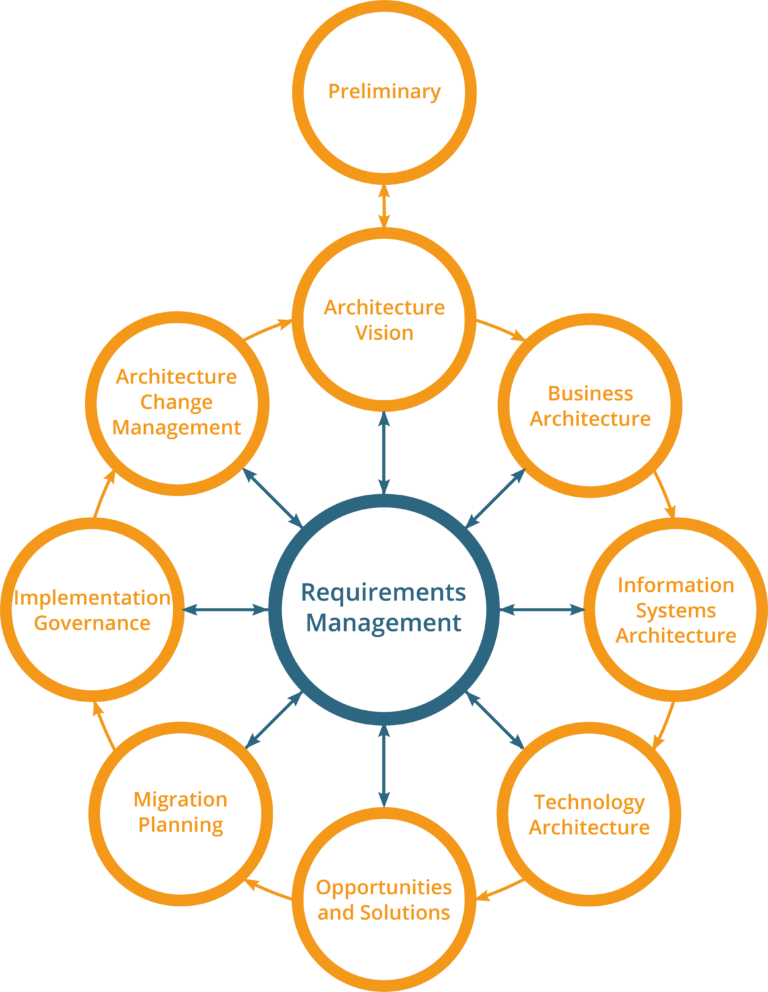Managing the IT Budget in a Challenging Economy
In an era of economic uncertainty and rapid technological advancements, managing the IT budget is a delicate balancing act for organizations. As businesses face unforeseen challenges and changing market conditions, optimizing IT expenditures becomes paramount. However, cutting costs must be approached strategically to avoid compromising innovation, security, and overall business performance. In this article, we explore effective strategies for managing the IT budget in a challenging economy while maintaining competitiveness and resilience.
Conduct a Comprehensive IT Budget Analysis:
Begin by conducting a thorough assessment of the existing IT budget. Analyze spending patterns, identify areas of inefficiency, and evaluate the return on investment (ROI) for various IT initiatives. This analysis serves as the foundation for informed decision-making and helps prioritize critical IT projects.
Prioritize Essential Projects:
In times of economic uncertainty, it is crucial to prioritize IT projects that align with the organization’s strategic objectives. Focus on initiatives that directly contribute to revenue generation, cost reduction, or customer satisfaction. By prioritizing essential projects, you ensure that valuable resources are directed towards the most impactful areas of the business.
Embrace Cloud Solutions:
Cloud-based services offer a cost-effective alternative to traditional IT infrastructure. By adopting cloud solutions, organizations can reduce hardware and maintenance expenses while benefiting from scalability and flexibility. Cloud services also enable a pay-as-you-go model, allowing businesses to scale their resources based on demand.
Optimize IT Asset Management:
Effective IT asset management is key to maximizing the value of existing investments. Regularly review and optimize software licenses, hardware usage, and maintenance contracts. Identifying underutilized assets and consolidating licenses can result in substantial cost savings.
Negotiate Vendor Contracts:
In a challenging economy, renegotiating vendor contracts can lead to cost reductions. Collaborate with vendors to explore more favorable terms, bulk discounts, or extended payment plans. Building strong relationships with strategic partners can result in mutually beneficial agreements.
Invest in Cybersecurity:
While cutting costs is essential, compromising on cybersecurity can have devastating consequences. Cyber threats tend to increase during economic downturns, making robust security measures even more critical. Investing in cybersecurity safeguards the organization from potential data breaches and costly security incidents.
Encourage Cost-Conscious Behavior:
Foster a cost-conscious culture within the IT department. Encourage employees to propose cost-saving ideas, implement energy-efficient practices, and avoid unnecessary expenditures. By empowering the IT team to be mindful of costs, you create a collective effort towards budget optimization.
Monitor and Adjust:
Effective budget management is an ongoing process. Continuously monitor IT expenses, assess the impact of cost-saving measures, and adjust the budget as needed. Regularly communicate with stakeholders and provide transparent updates on budgetary decisions.
Final Thoughts
In the face of a challenging economy, managing the IT budget requires a strategic and agile approach. By conducting a comprehensive budget analysis, prioritizing essential projects, and leveraging cloud solutions, organizations can optimize IT expenditures while driving innovation. Maintaining a strong focus on cybersecurity and fostering a cost-conscious culture safeguards the business against potential threats and inefficiencies. As market conditions evolve, continuous monitoring and adjustments to the IT budget enable organizations to navigate uncertainty while staying competitive and resilient in the ever-changing landscape of technology and business.




